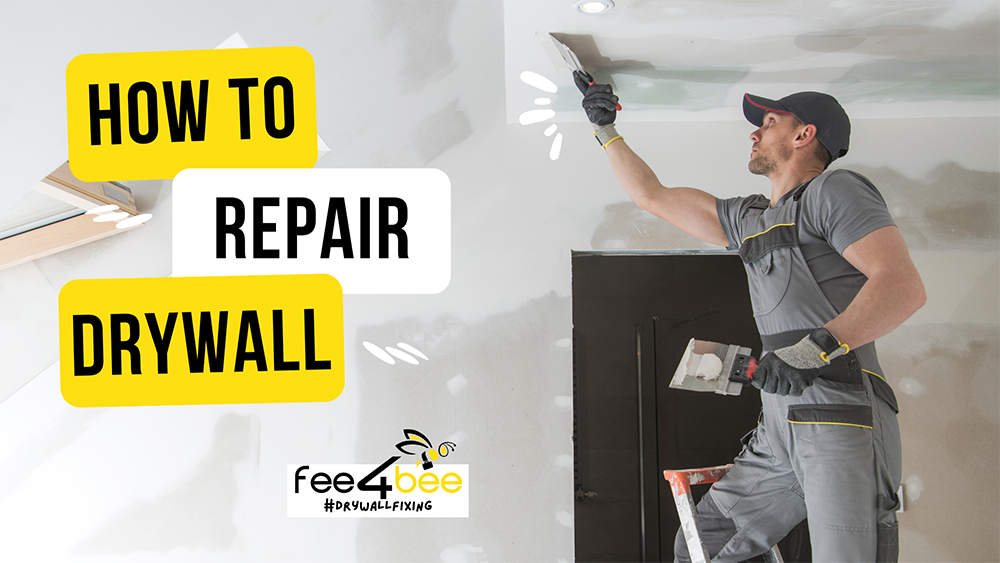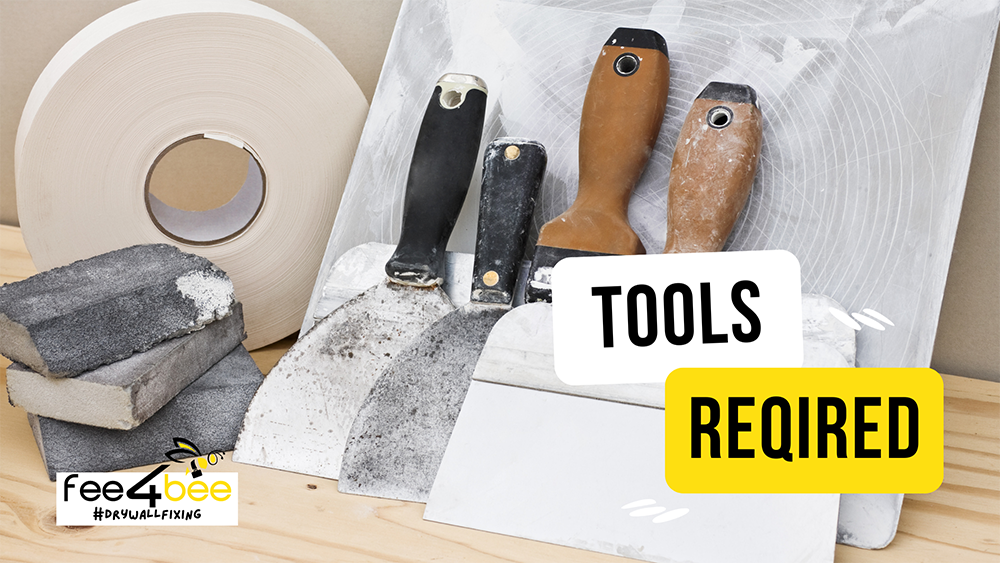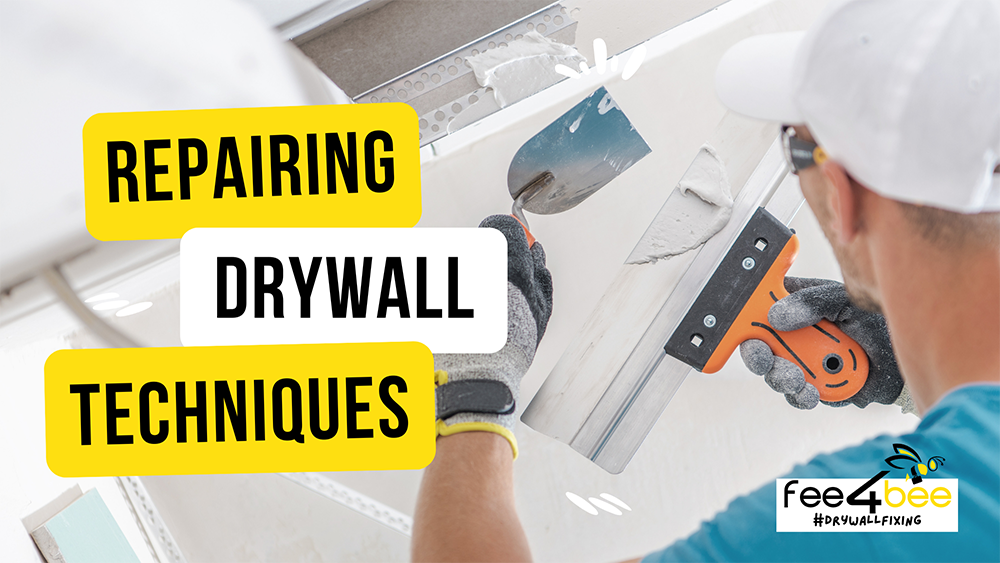- Winter Tasks
- Cleaning Services
- Moving Services
- Handyman
- Furniture Assembly
- Shopping and Delivery
- Office Services
- Commercial Cleaning
- Commercial Handyman
- Commercial Painting
- Conference Room Setup
- Office Housekeeping
- Office Movers
- Office Snack Delivery
- Office Supply Delivery
- Office Furniture Assembly
- Ergonomic Office Setup
- Office Setup & Organization
- Data Entry
- Proofreading services
- Office Administration
- Office Interior Design
- Business services
- Assembling IKEA furniture
- Assembling an IKEA kitchen
- IKEA dressing room assembly
- Assembling IKEA cabinets
- IKEA bathroom furniture assembly
- Assembling IKEA beds
- Assembling IKEA tables
- Assembly of IKEA seats
- Assembling IKEA sofas
- Assembling dressers IKEA
- Assembling IKEA racks
- Assembling IKEA pedestals
- Assembling children's furniture IKEA
- Assembling IKEA chairs
- Assembling other IKEA furniture
- Coaching
- Beauty and health services
- Domestic services
- Construction works
- Finishing work
- Services for animals
How to repair drywall: A comprehensive guide for residential drywall fixing

Drywall, also known as gypsum board or sheetrock, is one of the most popular building materials in North America due to its durability, affordability, and ease of installation. It provides a smooth, seamless finish that is perfect for interior walls and ceilings. It also has excellent fire resistance, sound insulation, and can help to regulate humidity levels. You may build as many participation walls from the drywall as you want in your house. They would be durable enough to withstand a TV mounted on drywall and can be repainted as many times as required.
When it comes to maintenance, drywall is relatively easy to care for. Regular cleaning with a dry cloth or vacuum can help to prevent dust accumulation and keep the wall in good condition. With proper drywall installation and maintenance, it can last for many years and provide a beautiful, functional surface for your home. If the drywall is damaged, it can be repaired quickly and easily with the right tools and materials.
Drywall may be dented from a failed furniture rearranging, or punched with a hammer blow. If you're a homeowner, at some point, you'll need to learn how to repair drywall holes. Whether you're dealing with a small dent, a crack, or a large hole, this guide will provide you with everything you need to know to fix drywall quickly and easily. Let's get started!
Tools required for drywall repair

To repair a drywall, a few tools are required. Using these tools, even those with minimal DIY experience can repair drywall like a pro.
- Drywall saw. A saw is used to cut out sections of drywall during the patching process. It's a serrated blade tool that can cut through drywall with ease.
- Drill. A drilling machine is used to drill holes in drywall studs to anchor large holes or cut holes for electrical wires.
- Stud finder. Use it to locate the wood studs behind the drywall.
- Screws. Drywall screws are used to attach the drywall to the wall studs.
- Screwdriver. The screwdriver/screw tip is used to drive the screws into the drywall.
- Mesh tape. Self-adhesive mesh tape is used to cover and strengthen cracks and holes that have been repaired.
- Putty knife. A flat, flexible tool that's used to apply drywall compound, scrape away excess material, and smooth out surfaces.
- Drywall compound: Joint compound or spackle is a pre-made substance that's used to fill gaps and holes in drywall.
- Sandpaper or sanding block: Once the compound has dried, sandpaper or a sanding block is used to smooth out the surface evenly and remove any remaining rough spots.
To complete a small drywall hole repair a standard drywall repair kit will suffice. It usually contains a spackling compound, a putty knife, a few patches and sanding paper.
Repairing drywall techniques
Repairing drywall can be achieved using several techniques depending on the type and severity of damage. Small holes and dents are commonly repaired easier than larger holes, which require cutting out and replacing the damaged area. These techniques help to fix any drywall damage, big or small, to effectively restore the wall to its original condition.
Fixing small drywall damage
Small dents, tiny holes, and nail holes are three of the most common types of small drywall damage. They are commonly repaired using spackle, and putty knives, sanded down, and painted to match the surrounding wall. Here's a step-by-step guide on how to do it:
- Drywall dents repair:
To repair a dent in your drywall, you'll need to fill it in with a spackle using a putty knife and align the area. Once the spackle has dried, you can sand it down until it's flush with the surrounding wall. After that, you'll need to paint the area to match the rest of the wall.
- To repair small holes in drywall:
Filling tiny holes in drywall follows the same process as repairing drywall dents. Fill drywall holes with spackle and sand it until it blends seamlessly with the wall.
- To repair drywall cracks:
Drywall cracks can be a bit more challenging to repair than small dents or holes. You'll need to cover the crack with drywall tape to keep it from reappearing. Apply self-adhesive mesh drywall tape to the crack, making sure to overlap the tape onto the undamaged portion of the wall. This tape will stabilize the wall and keep the crack from widening. Next, apply the spackle to the crack using a putty knife, making sure to spread it thinly and evenly over the tape. After it dries, sand it down and apply a second coat of spackle. Keep adding and sanding till the crack is levelled with the rest of the wall and then paint it to match the surrounding wall. Drying and sanding are vital after each layer of compound is added, and then applying the final touch of paint.
Repair large holes in drywall

When it comes to large holes, the repair process is slightly more involved. This will require you to have a piece of plasterboard and more tools than a simple drywall repair kit.
A stud finder is an essential tool to start a big hole in drywall repair. If you're cutting out a section of the drywall, you'll need to locate the studs to determine where to make the cut. A stud finder is a handheld device that uses sensors to detect changes in density behind the drywall, indicating where the studs are located.
- Find the closest studs for a damaged drywall area and mark the centre of studs with a pencil.
- Use a utility knife to cut out a square/rectangle around the hole between the two pencil marks. This is important, as you will need to anchor your screws or nails into the studs to ensure that your repair work holds up over time. Make one cut after another gradually deepening into the wall. This cut should be a clean shape, effectively removing any damaged or broken part of your drywall.
- Using a drywall saw, cut a piece of drywall that will fit it into the hole to fill the gap.
- If necessary, cut additional support from scrap lumber and attach it behind the wall opening using drywall screws.
- Then, use a drill to attach the patch to wall studs or support. Be aware of damaging wiring as it is commonly attached to studs!
- Screw the patch to studs and supports at a distance of no less than an inch away from the edges. This will prevent the drywall from being split. Make sure to sink the screws slightly beneath the surface of the plasterboard.
- Using mesh tape, cover the edge of the patch to blend it in, and then apply joint compound with a putty knife to fill the tape. Keep adding coats, letting each layer dry, and sanding before applying the next.
- After the last coat of joint compound dries and is sanded down to blend nicely with the wall, you can paint it to match the surrounding wall.
When dealing with broad water damage on drywall surfaces, be prepared to cut a large piece of plasterboard, checking the edges of the cutout for moisture. If the cut is soft, then the water has seeped further, and you need to take it more. Then use the guide above to remove all damaged parts, and replace them with patches. Let the water-damaged wall dry inside before applying a new layer of drywall over it. Make sure you eliminate the source of the leaking before drywall water damage repair.
If the wall hasn’t been painted for a while, you might need to repaint the wall entirely, and not just patched areas, in order to have colours match. This is important, especially if you are patching multiple holes in drywall.
Drywall repair services

Using a plasterboard repair service is often the best way to fix bigger holes. This is because drywall repair contractors will have the necessary tools and experience to do the job right, using high-quality materials. Moreover, they can help you identify any underlying causes of recurring damage that need to be addressed before making the repair. Skillful contractors will have access to the right products for a successful repair of plasterboard walls. All these reasons make using professional plasterboard hole repair the best option for any patching needs.
For smaller patches, however, you may be able to do DIY repairs with supplies like spackle and paint. It is important to remember that the quality of your DIY repairs will depend on how well you follow the steps outlined above. If in doubt, it is always better to hire a drywall contractor for complicated repair work.
For those who do not want to make it DIY, Fee4Bee offers to hire drywall repair contractors. They will perform all the work to patch, sand and paint drywall repairs quickly and efficiently. Drywall repair contractors from Fee4Bee are insured, and highly experienced in fixing drywall issues. Contact them today to get your wall.